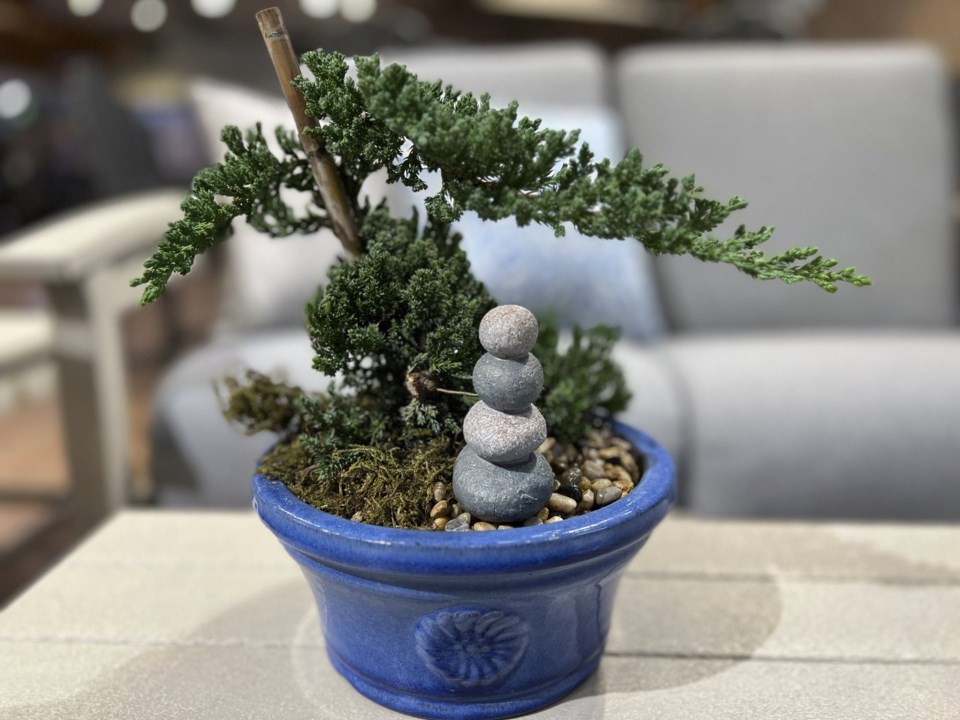Growing a bonsai is more than just caring for a miniature tree -- it’s an art, a craft and an ancient meditative practice.
Originating in China thousands of years ago, bonsai was later adapted by Japanese growers who further developed it into the bonsai we know today.
Translated to “plant in a tray,” bonsai is understandably intimidating at first. It was to me. But as I learned more, I realized that — like any new skill — familiarizing yourself with the basics, having patience, paying attention to detail and being consistent can set anyone on the path to success.
When selecting a tree, consider both your climate and experience level. Chinese elm, jade, Japanese maple and juniper are popular beginner trees; pines and maples are cold-hardy and best suited to growing outdoors; tropical trees, such as Ficus, are best kept indoors in regions outside the tropics.
The small, shallow dishes that house bonsai trees are sized to inhibit root growth. Larger pots would hold more soil and water, allowing more space for roots to spread. That would be counterproductive, as more growth beneath the soil would result in more growth above it.
Specialized bonsai soil serves a purpose, as well. Its well-draining consistency discourages excess water retention, which often causes root rot.
After bringing your bonsai home, place it in a spot that accommodates its specific sunlight and temperature requirements. You will find that information on the plant’s care tag.
Growing a young bonsai into a form that resembles a mature tree requires regular pruning to encourage even growth and to remove dead limbs, foliage and errant branches. Take your time. Stop periodically to assess the tree and plot your next cut. Relax. Breathe.
Growers often train branches to grow into desired shapes by wrapping them first with protective raffia, then with bonsai wire that is bent into formation. This must be done gently so as not to damage bark, and the wrappings should be periodically loosened and reapplied to protect branches from damage as they grow thicker.
Check the soil’s moisture level daily by inserting your finger into the top inch. When it feels dry at that depth, water slowly until it drains from the hole in the bottom of the pot.
In general, bonsai should be fertilized from spring through fall. Educate yourself on the requirements of your particular species and its stage of maturity, as each plant’s nutritional requirements are different and will change as it ages.
And here’s where the patience comes in. Instead of a rush to bloom or fruit, as is typical when growing annuals, perennials or crops, the beauty of bonsai lies not in the final product but in the journey.
The tree, which can live for decades or even centuries, will evolve over time, as will you. And by putting your personal touches on every shoot and branch, you will imprint your bonsai with your own identity.
___
Jessica Damiano writes weekly gardening columns for the AP and publishes the award-winning Weekly Dirt Newsletter. You can sign up here for weekly gardening tips and advice.
___
For more AP gardening stories, go to https://apnews.com/hub/gardening.
Jessica Damiano, The Associated Press



